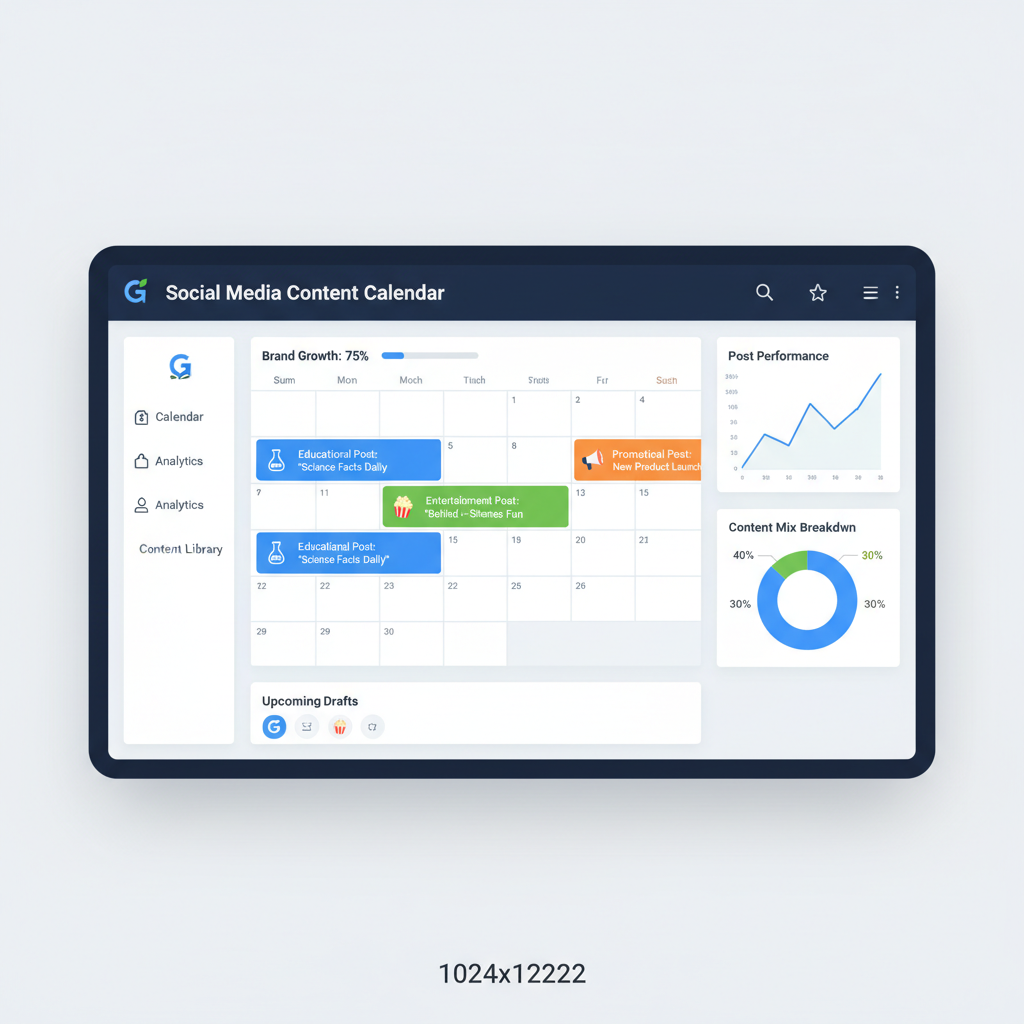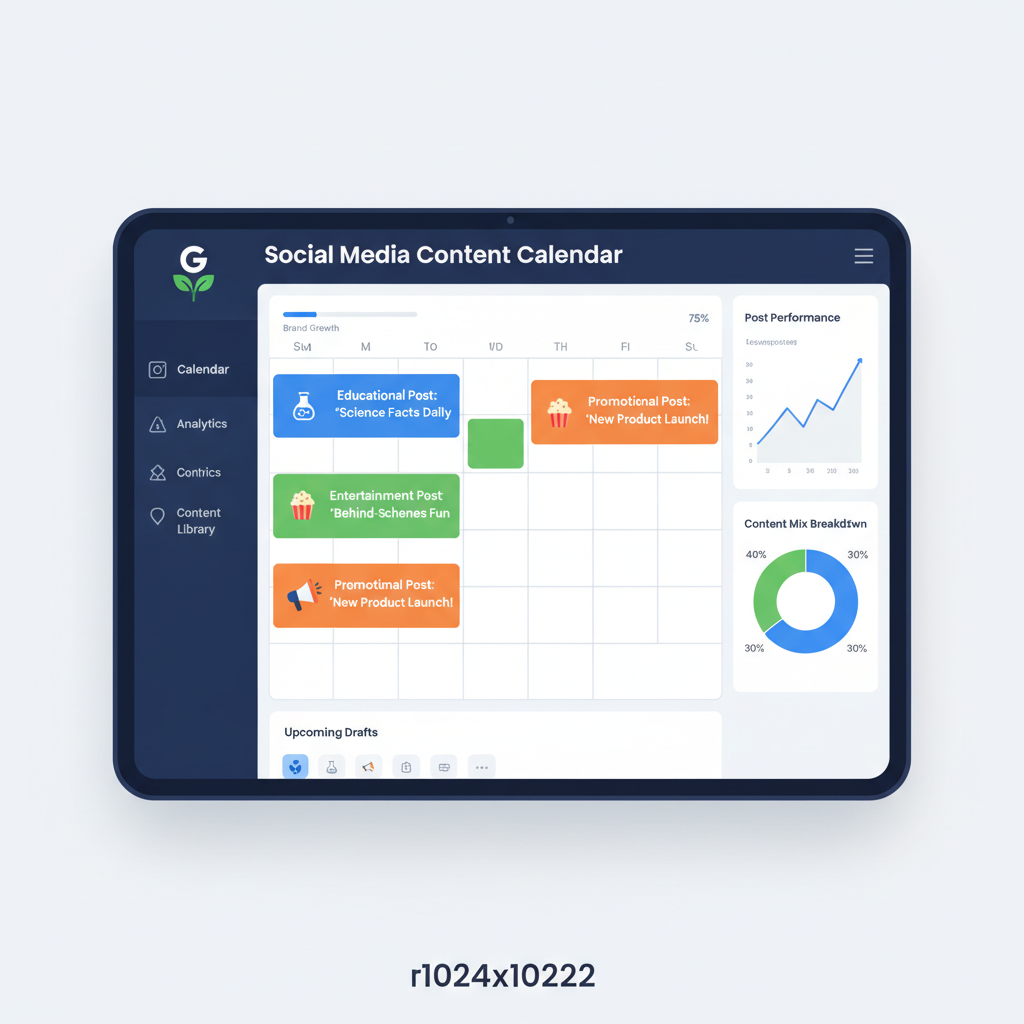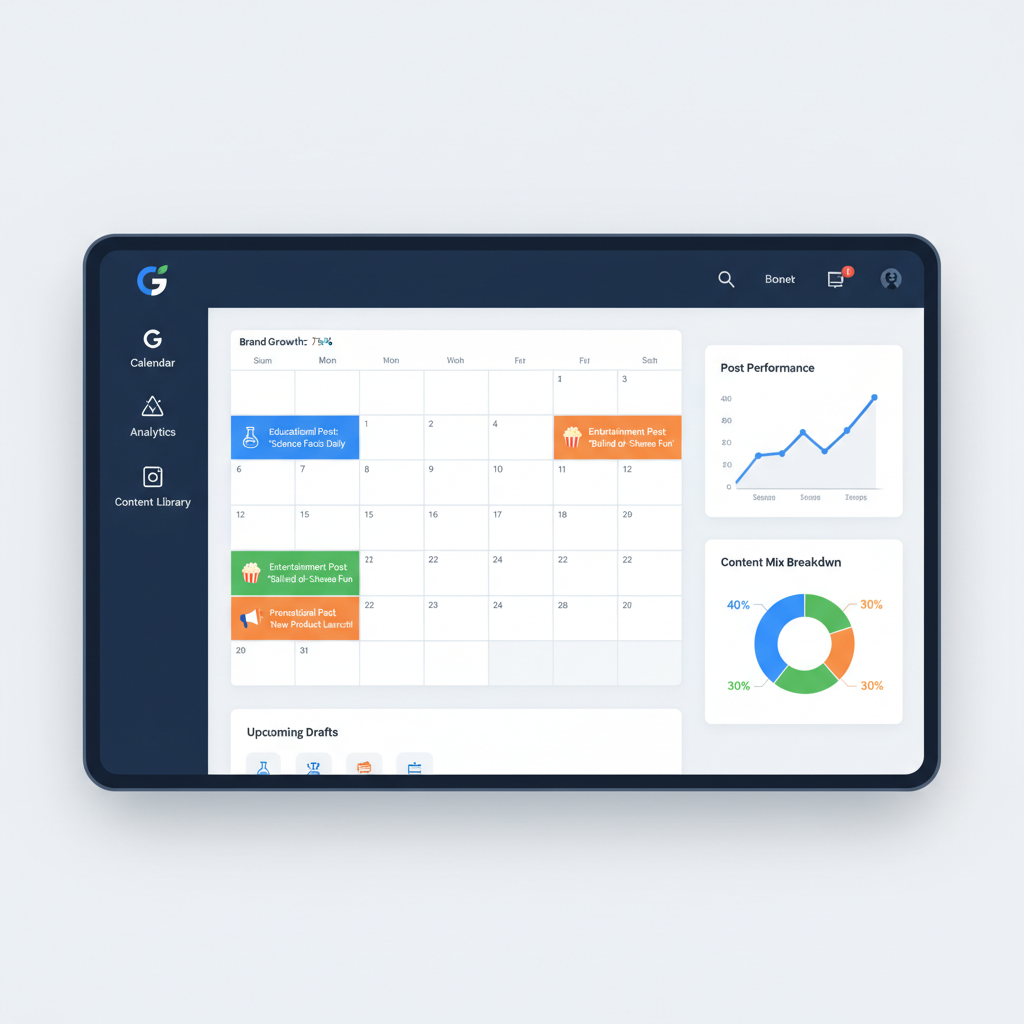How Businesses Who Use Social Media Achieve Growth
Learn how businesses leverage social media to boost growth through targeted platforms, consistent branding, and balanced content strategies.

Introduction: The Rise of Social Media as a Business Tool
In the past decade, businesses who use social media have increasingly leveraged these platforms as strategic growth tools. Whether you're a startup seeking brand recognition or a large enterprise aiming to deepen customer relationships, social media now offers direct, measurable avenues to connect with audiences, share stories, and drive sales.
Platforms like Facebook, Instagram, LinkedIn, TikTok, and Twitter/X have evolved beyond mere personal networking hubs—they serve as essential digital marketing, sales, and customer service channels. For companies aiming to thrive in a competitive digital-first marketplace, integrating social media into the core business strategy is no longer optional—it’s imperative.

---
Identifying Core Business Goals
Before launching any social media strategy, companies must clarify their primary objectives. These strategic goals shape content style, platform choice, and campaign execution.
Common Business Goals for Social Media
- Brand Awareness – Boost visibility and recognition among your target audience.
- Lead Generation – Entice prospects through engaging content and compelling calls-to-action.
- Sales Growth – Encourage conversions via promotions, influencer collaborations, and social commerce.
- Customer Service – Deliver real-time responses that enhance satisfaction and loyalty.
Setting clearly defined goals is crucial for tracking progress and demonstrating ROI.
---
Choosing the Right Platforms Based on Audience Demographics
One of the most important considerations for businesses who use social media successfully is platform selection. Each network attracts different demographics and favors specific types of engagement.
| Platform | Main Audience | Best Use Cases |
|---|---|---|
| Broad age range, strong presence in 25–54 | Community building, event promotion, advertising | |
| Millennials & Gen Z | Visual storytelling, influencer marketing, product showcases | |
| Professionals, B2B audiences | Thought leadership, recruiting, lead generation | |
| TikTok | Primarily Gen Z | Short-form creative videos, trend-based content |
| Twitter/X | News-oriented, professionals, niche communities | Real-time updates, public relations, brand personality |
Knowing where your audience spends time ensures resources are focused on platforms with the highest potential returns.
---
Creating a Consistent Brand Voice and Visual Identity
Consistency in brand voice and visual identity helps build lasting recognition and trust. The voice shapes language and tone, while visual identity includes signature colors, fonts, and imagery style.
How to Maintain Brand Consistency
- Create detailed style guidelines for all content.
- Apply a unified color palette and consistent logo placement.
- Match tone to audience expectations (e.g., professional, playful).
- Maintain coherent photography and design across channels.
A seamless brand presence projects professionalism and strengthens engagement.

---
Developing a Content Strategy: Blending Educational, Entertaining & Promotional Content
A balanced content strategy sustains interest and nurtures customer relationships. Businesses who use social media successfully avoid over-promoting and instead mix educational, entertaining, and promotional posts.
Content Strategy Components
- Educational Posts – Industry tips, tutorials, best practices.
- Entertaining Content – Memes, challenges, culturally relevant posts.
- Promotional Material – New products, special deals, testimonials.
Example weekly content calendar:
Monday: Educational blog link + infographic
Wednesday: Behind-the-scenes team video
Friday: Product spotlight with limited-time offer
Sunday: Audience poll or Q&AThis balance ensures steady audience engagement while driving conversions organically.
---
Leveraging Paid Ads and Targeted Campaigns
While organic reach drives community growth, paid advertising can amplify impact quickly. Advanced targeting options connect businesses with ideal prospects.
Benefits of Paid Social Ads
- Reach highly specific demographics and interests.
- Control spending with flexible budgets.
- Retarget audiences already familiar with your brand.
- Get real-time data on conversions and engagement.
Experimenting with carousel, video, story, and sponsored post formats helps identify top-performing creatives before scaling campaigns.
---
Using Analytics to Measure ROI and Optimize Performance
Data and analytics are essential for refining strategies and maximizing ROI. Every major platform offers reporting tools covering engagement, reach, and conversions.
Key Metrics to Track
- Engagement rate (likes, comments, shares)
- Click-through rate (CTR)
- Conversion rate
- Follower growth
- Cost per click (CPC) or per acquisition (CPA)
By regularly examining these metrics, businesses can adjust messaging, content frequency, and targeting for sustained success.
---
Case Studies: Successful Businesses Using Social Media
Case Study 1: Small Retail Brand on Instagram
A boutique store used reels and influencer collaborations to double its followers, achieving a 40% online sales boost in six months.
Case Study 2: B2B Software Company on LinkedIn
Through thought leadership and paid campaigns targeting industry decision-makers, a SaaS firm increased lead conversions by 25%.
Case Study 3: Restaurant Chain on TikTok
By adopting trending challenges and humorous cooking clips, a restaurant chain grew to 200k followers in a year, driving notable in-store traffic spikes.

---
Common Mistakes to Avoid in Social Media Marketing
Even experienced marketers can misstep without careful attention to audience needs and platform rules.
Frequent Pitfalls
- Excess Promotion – Overloading feeds with sales material alienates followers.
- Lack of Engagement – Ignoring comments or messages diminishes trust.
- Irregular Posting – Inconsistent schedules reduce algorithmic visibility.
- Skipping Analytics – Missing valuable performance insights stalls growth.
Avoiding these pitfalls keeps engagement high and communities loyal.
---
Future Trends and Opportunities in Social Media
Social media transforms rapidly, offering constant innovation. Businesses who use social media should prepare for emerging technologies and shifting consumer behaviors.
Notable Future Opportunities
- Integrated Social Commerce – Streamlined purchasing inside apps.
- User-Generated Content – Authentic, peer-driven brand storytelling.
- AI-Powered Personalization – Tailored content recommendations.
- Augmented Reality Experiences – Product trials via immersive tech.
- Live Shopping Events – Interactive events merging entertainment and sales.
Staying adaptable and creative ensures competitors don’t seize these opportunities first.
---
Conclusion
The potential for growth and engagement is substantial for businesses who use social media strategically. Clear goal-setting, smart platform selection, consistent branding, diversified content, and informed advertising are critical for long-term gains. By blending creativity with analytics and responsiveness, social media evolves from a supplemental channel into the heartbeat of a modern business’s marketing and sales efforts.
Ready to elevate your brand through social media? Start aligning platforms, content, and goals today to transform your online presence into measurable success.



